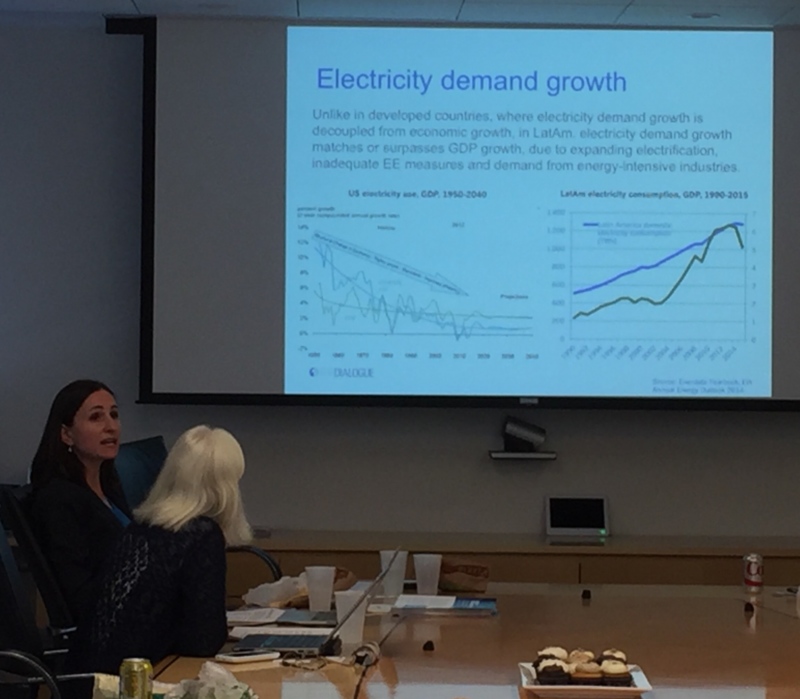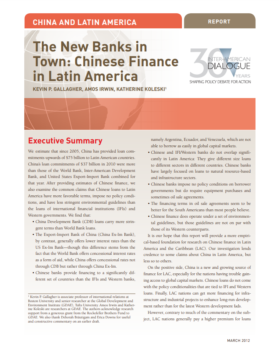Bolivia & the Global Fight Against Climate Change
In the past year, the Bolivian government has emerged as an outspoken critic of climate change policies.
The agreements of the 2030 Agenda for Sustainable Development and COP21 in Paris put Latin American governments in a crucial stage to take action by developing adequate policies to scale up investments in renewable energy and making alliances to receive capacity-building and technological support. The Latin American renewable energy market has boldly increased its installed capacity by 50% during the latest fifteen years. The development of new materials and technologies reached economies of scale to consolidate renewable energy sector as the most important instrument to enhance energy security and mitigate climate change effects.
In spite of booming green economies, the fossil market still keeps a considerable stake in the energy matrix. On October 17th, Energy, Climate Change and Extractive Industries Program Director Lisa Viscidi addressed the Women's Council on Energy and the Environment together with Natacha Marzolf, Principal Specialist in the Energy Division at the Inter-American Development Bank, and John N. Ries, Deputy Director of the Office of Electricity and Energy Efficiency in the Bureau of Energy Resources, U.S. Department of State. The speakers discussed energy market trends in Latin America, case studies on fossil markets and renewable energy sources, how the Inter-American Development Bank is scaling up renewable energy projects to stimulate low carbon economies, conventional versus renewable energy resources, and what steps Latin American governments are taking to reduce greenhouse gas emissions.
View Lisa Viscidi's full presentation below.
In the past year, the Bolivian government has emerged as an outspoken critic of climate change policies.
What does Arturo Valenzuela’s departure mean for the state of US diplomacy in Latin America?
Estimates of the volume, composition, and characteristics of Chinese lending to the region since 2005.

